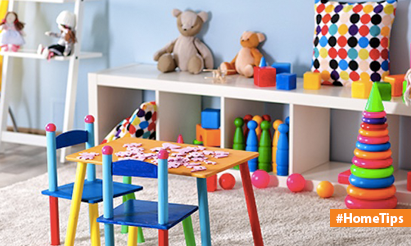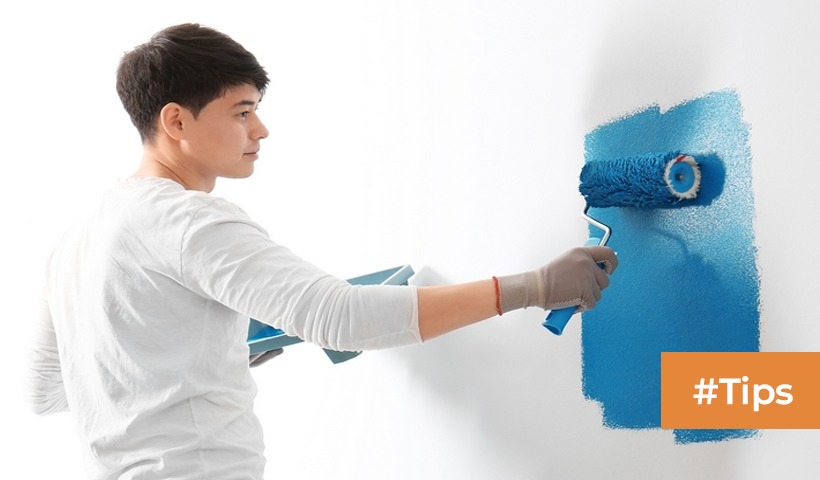Beyond Clean: Disinfection Explained and Compared to Regular Cleaning
Disinfection is the process of reducing or eliminating microorganisms, such as bacteria, viruses, and fungi, on surfaces or objects. It involves using chemicals or physical agents to kill or deactivate these pathogens, thus reducing the risk of infection or disease transmission.
Disinfection methods include chemical disinfectants, such as bleach or alcohol-based solutions, as well as physical processes like steam or ultraviolet (UV) light. These methods are more effective than regular cleaning in eliminating harmful bacteria, viruses, and fungi.
Regular cleaning is essential for maintaining cleanliness and tidiness, but it may not be sufficient for reducing the risk of infectious diseases. Disinfection is crucial in high-touch areas or environments where contamination is more likely, such as hospitals, schools, or food preparation areas.
Comparing regular cleaning to disinfection, regular cleaning focuses on surface appearance and removing visible dirt, while disinfection goes further by targeting invisible pathogens. Disinfection provides an additional layer of protection against infectious diseases, making it particularly important during disease outbreaks or in areas with vulnerable populations.
To ensure a comprehensive approach, combining regular cleaning with proper disinfection protocols is recommended. This includes using appropriate disinfectants, following recommended contact times, and targeting frequently touched surfaces. It is essential to follow guidelines from public health authorities or regulatory agencies to achieve effective disinfection and maintain a clean and safe environment.
Regular cleaning, on the other hand, focuses on removing visible dirt, dust, and debris from surfaces. It typically involves using soap, water, and mechanical action (like scrubbing or wiping) to clean surfaces and objects. While cleaning helps to remove some germs, it may not effectively eliminate all pathogens or provide the same level of germ-killing efficacy as disinfection.
In summary, disinfection goes beyond cleaning by specifically targeting and destroying or neutralizing microorganisms, whereas cleaning primarily aims to remove dirt and debris from surfaces. Both cleaning and disinfection are important for maintaining a clean and hygienic environment, with disinfection being particularly critical in areas where infection control is essential, such as hospitals, clinics, and public spaces during disease outbreaks.
Disclaimer: The views expressed above are for informational purposes only based on industry reports and related news stories. PropertyPistol does not guarantee the accuracy, completeness, or reliability of the information and shall not be held responsible for any action taken based on the published information.




